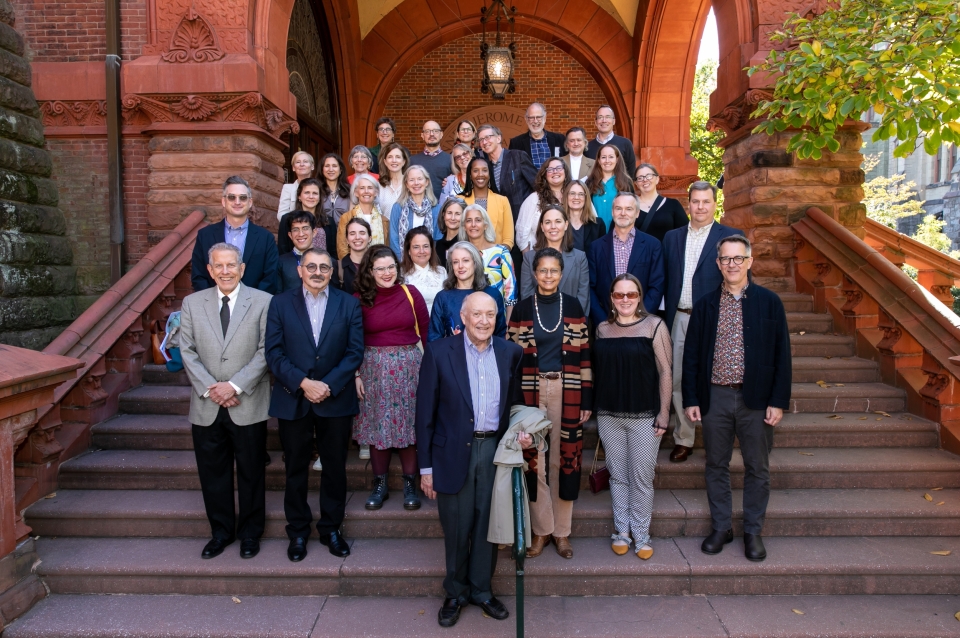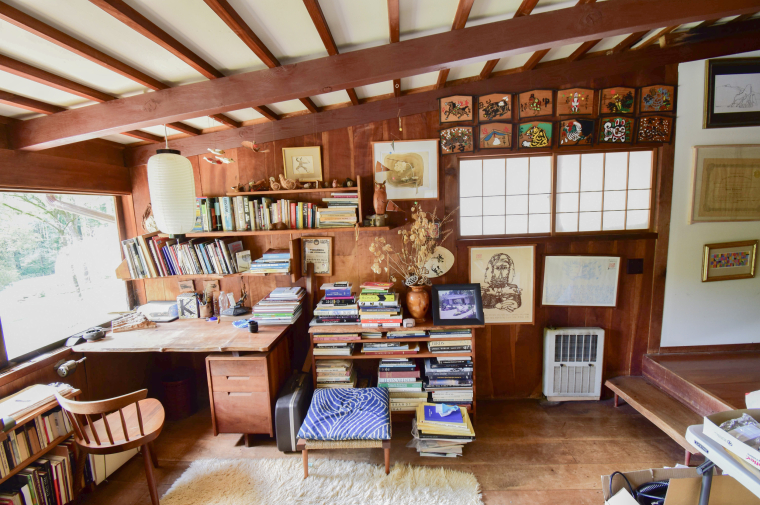June 21, 2023
Historic Preservation Program Elevated to Department
By Michael Grant

Faculty and alums of the Department of Historic Preservation gathered outside the Frank Furness-designed Fisher Fine Arts Library (1890) for a celebration of the Department's 40th anniversary (Photo: Lou Caltabiano)
Close
Faculty and alums of the Department of Historic Preservation gathered outside the Frank Furness-designed Fisher Fine Arts Library (1890) for a celebration of the Department's 40th anniversary (Photo: Lou Caltabiano)
The Center for the Preservation of Civil Rights Sites is working with Friends of the Tanner House to save the Philadelphia home (1871) of famed 20th century African American artist Henry Ossawa Tanner (1859-1937). Photos: Historic American Buildings Survey (L: Photocopy of ca. 1980 photograph by Jack E. Boucher - Henry O. Tanner House, 2908 West Diamond Street, Philadelphia, Philadelphia County, PA Photos from Survey HABS PA-1740; R: Photocopy of pre-1930 photograph, courtesy of Archives of American Art, Smithsonian Institution, Washington, D. C. - Henry O. Tanner House, 2908 West Diamond Street, Philadelphia, Philadelphia County, PA Photos from Survey HABS PA-1740)
Students at the Wupatki National Monument in northern Arizona, where the Center for Architectural Conservation is working with the National Park Services and Ancestral Lands Conservation Corps with support from Getty.
Mia Maloney (MSHP'19) documented the dining room at Taliesin West, where the Center for Architectural Conservation has an ongoing partnership with the Frank Lloyd Wright Foundation.

 View Slideshow
View Slideshow


